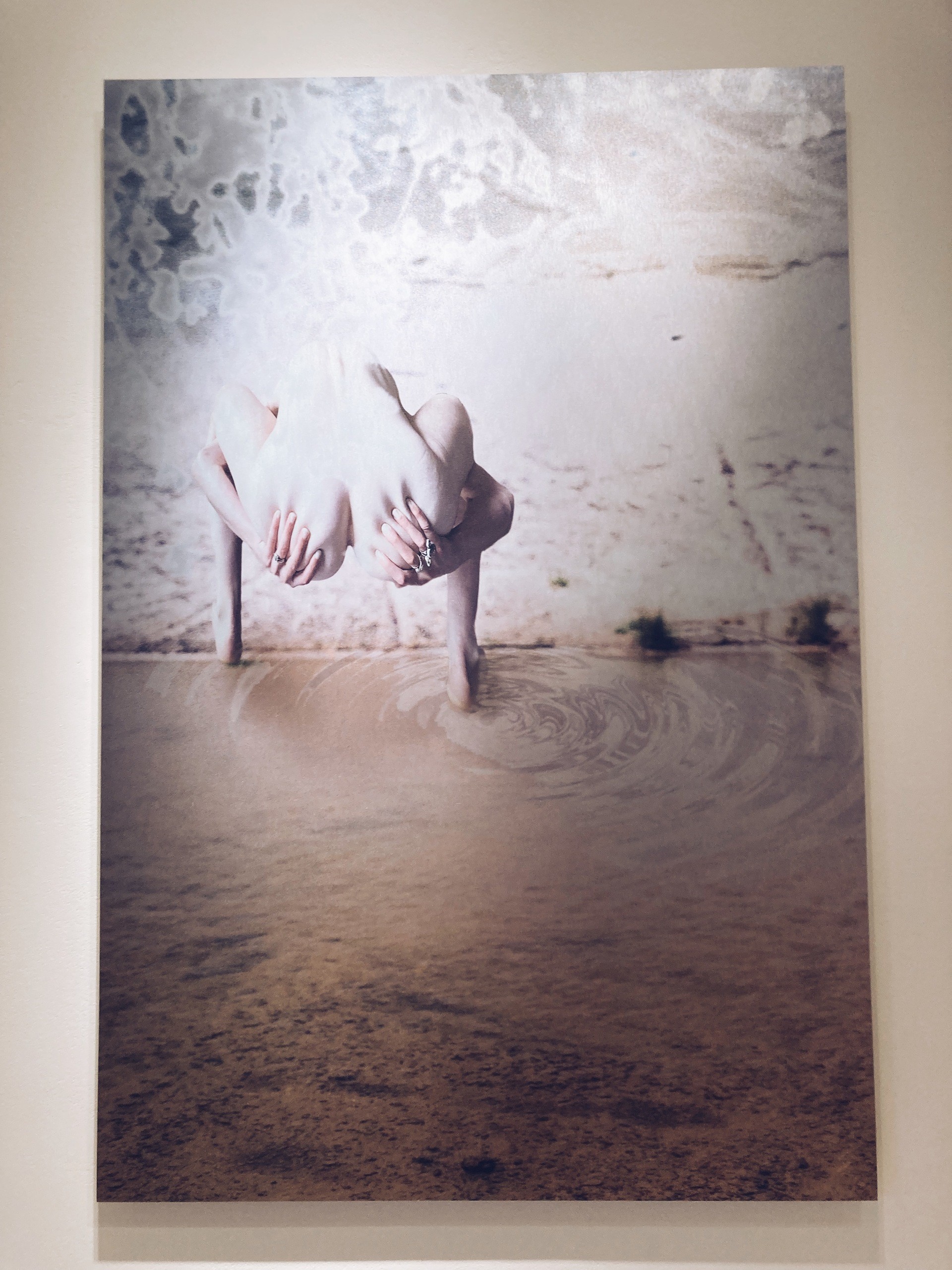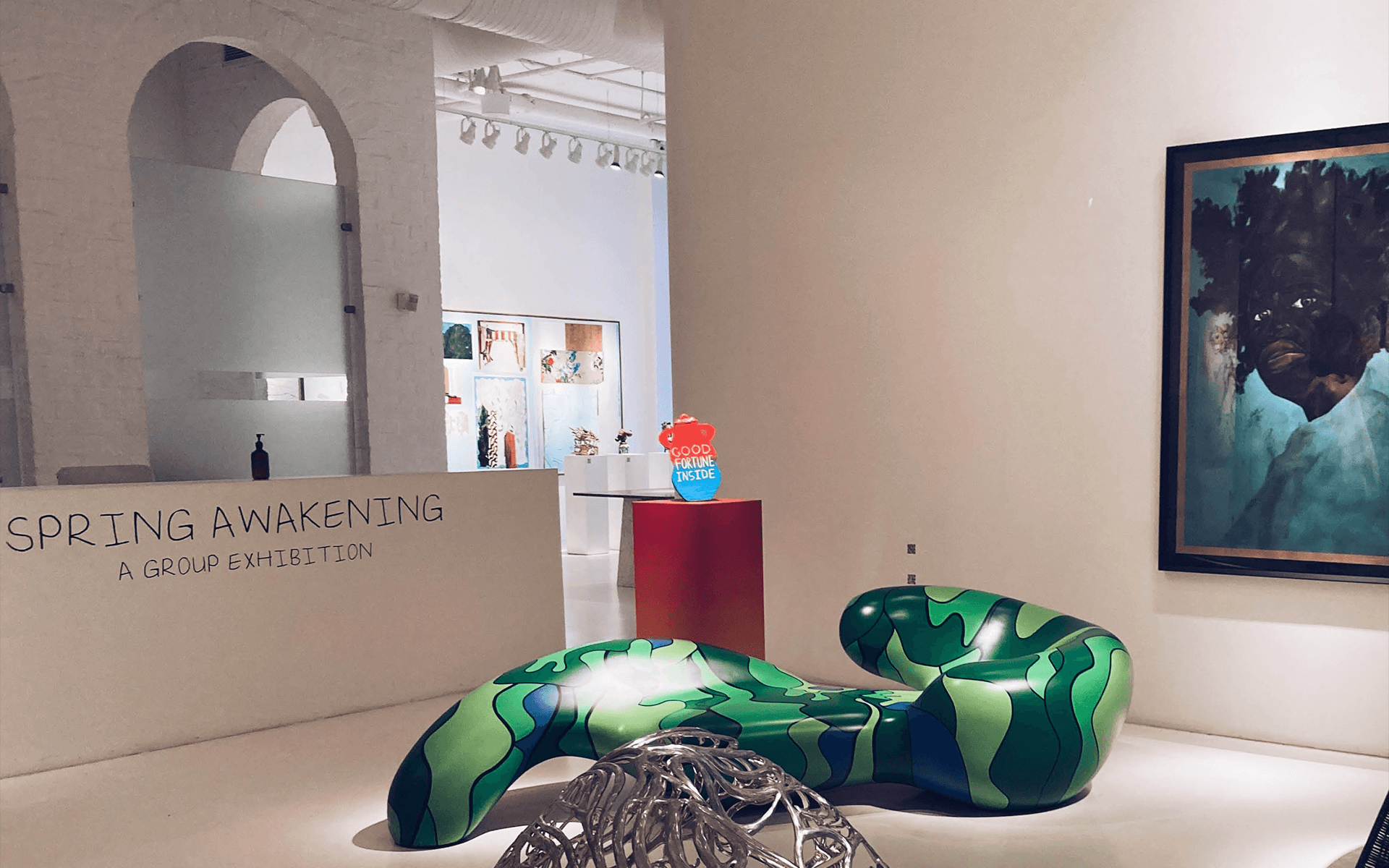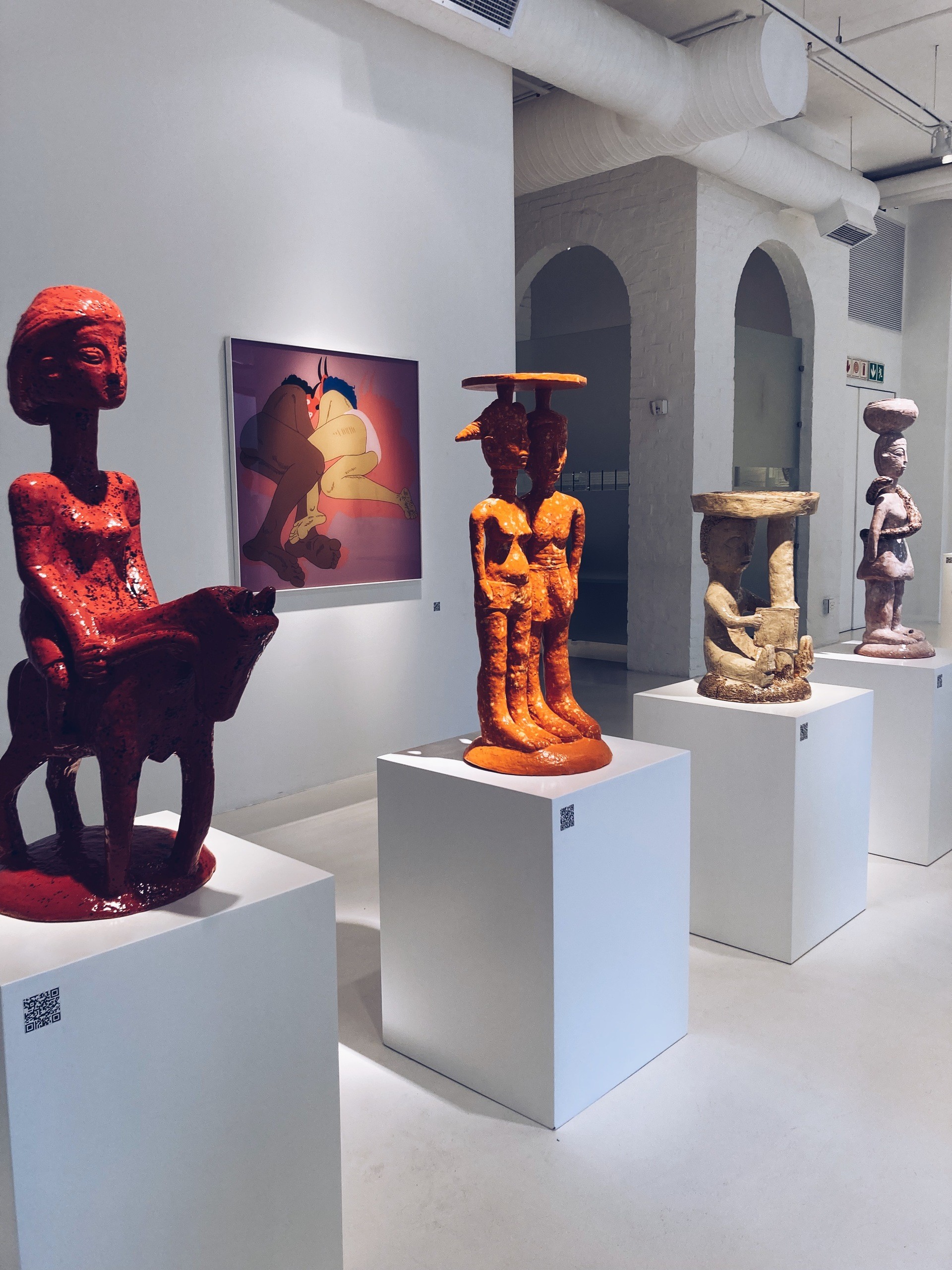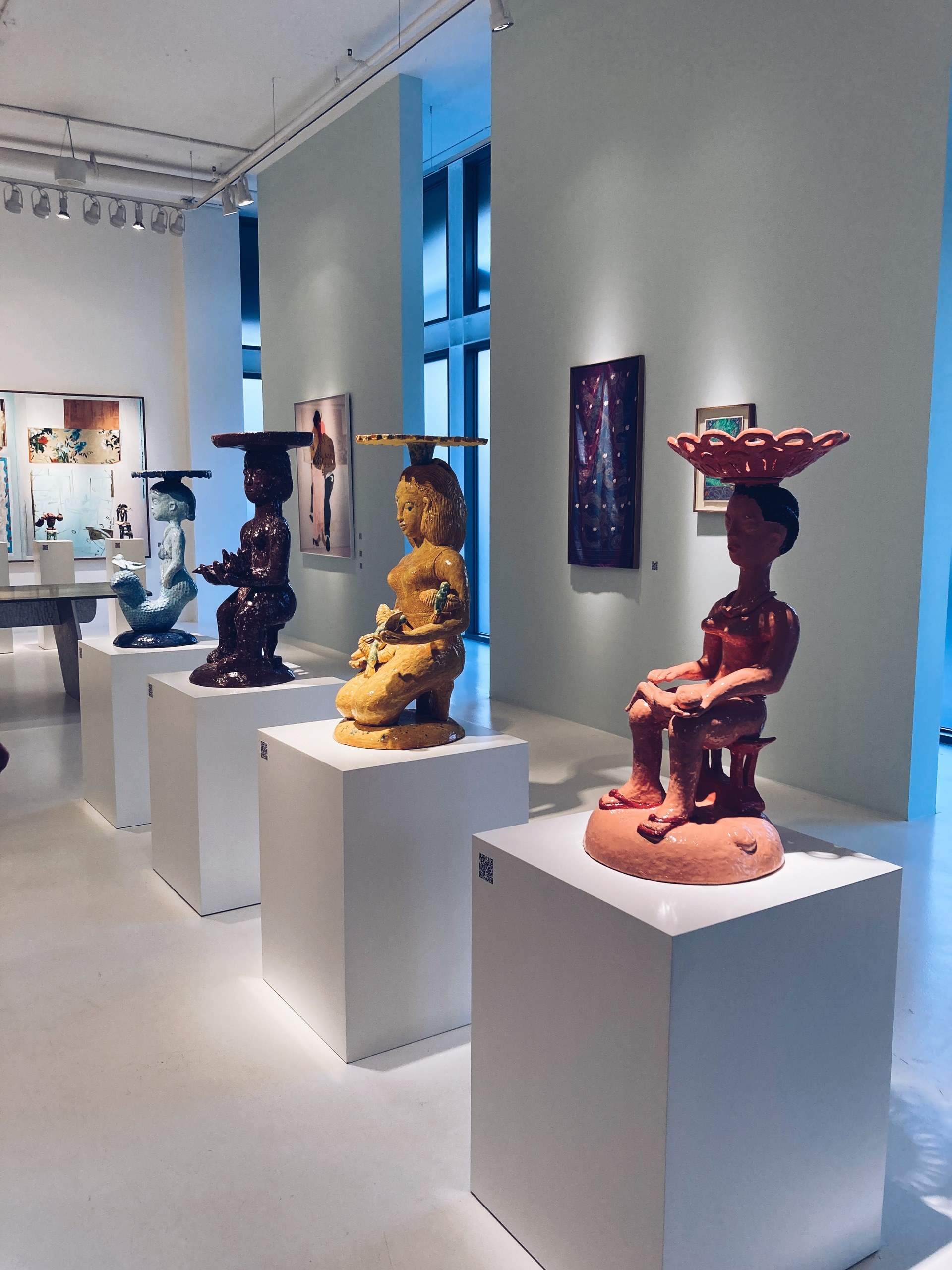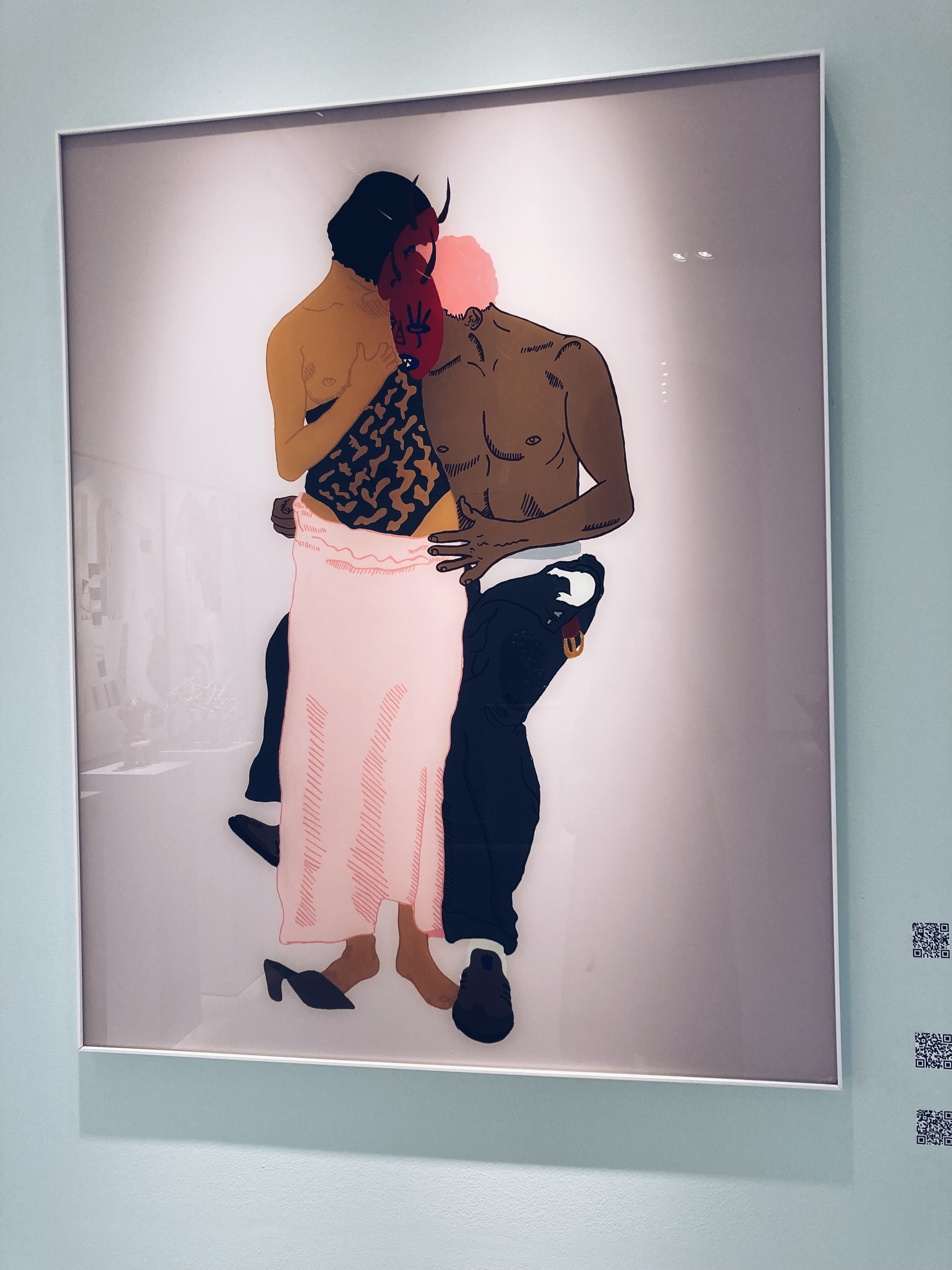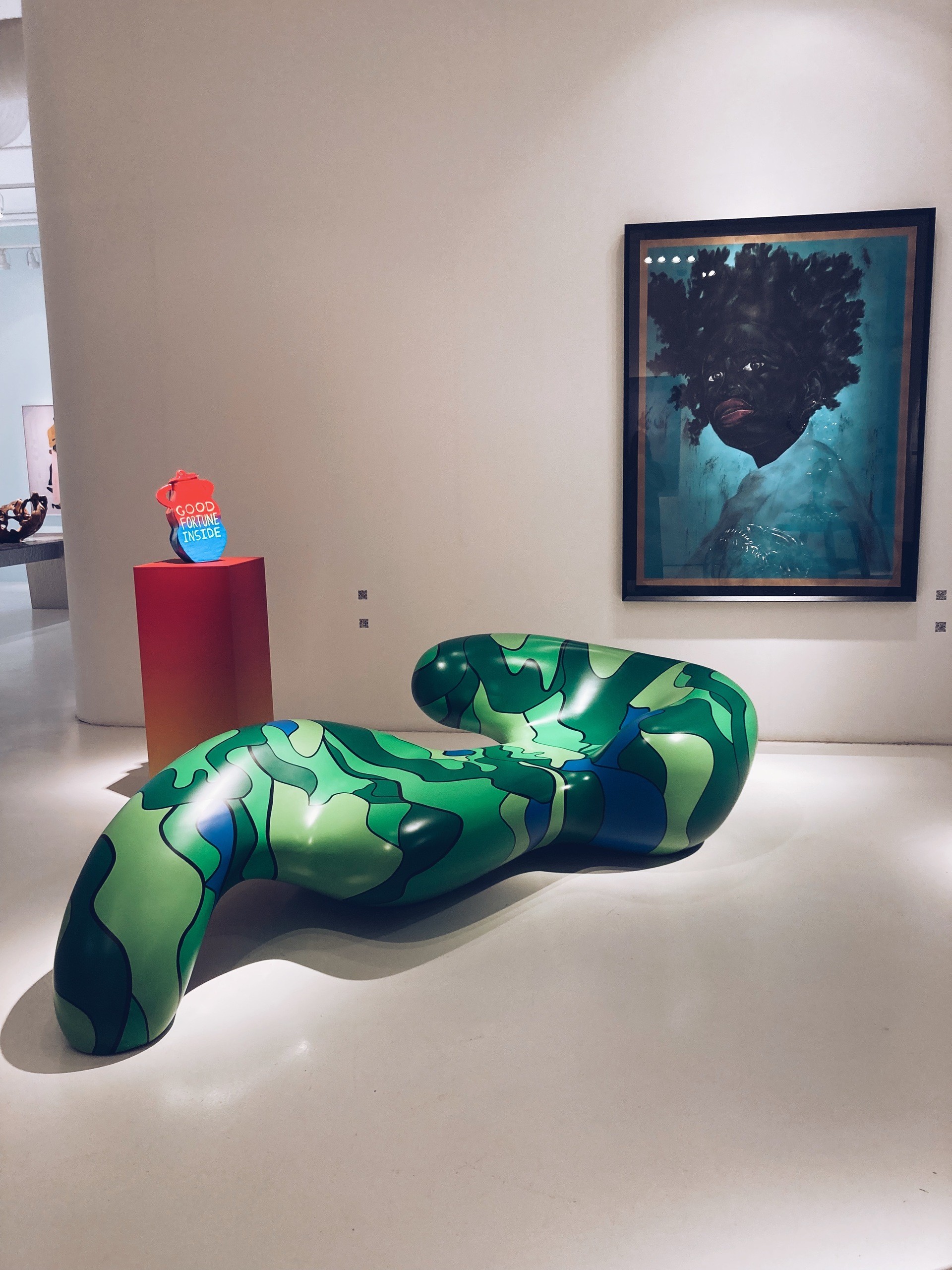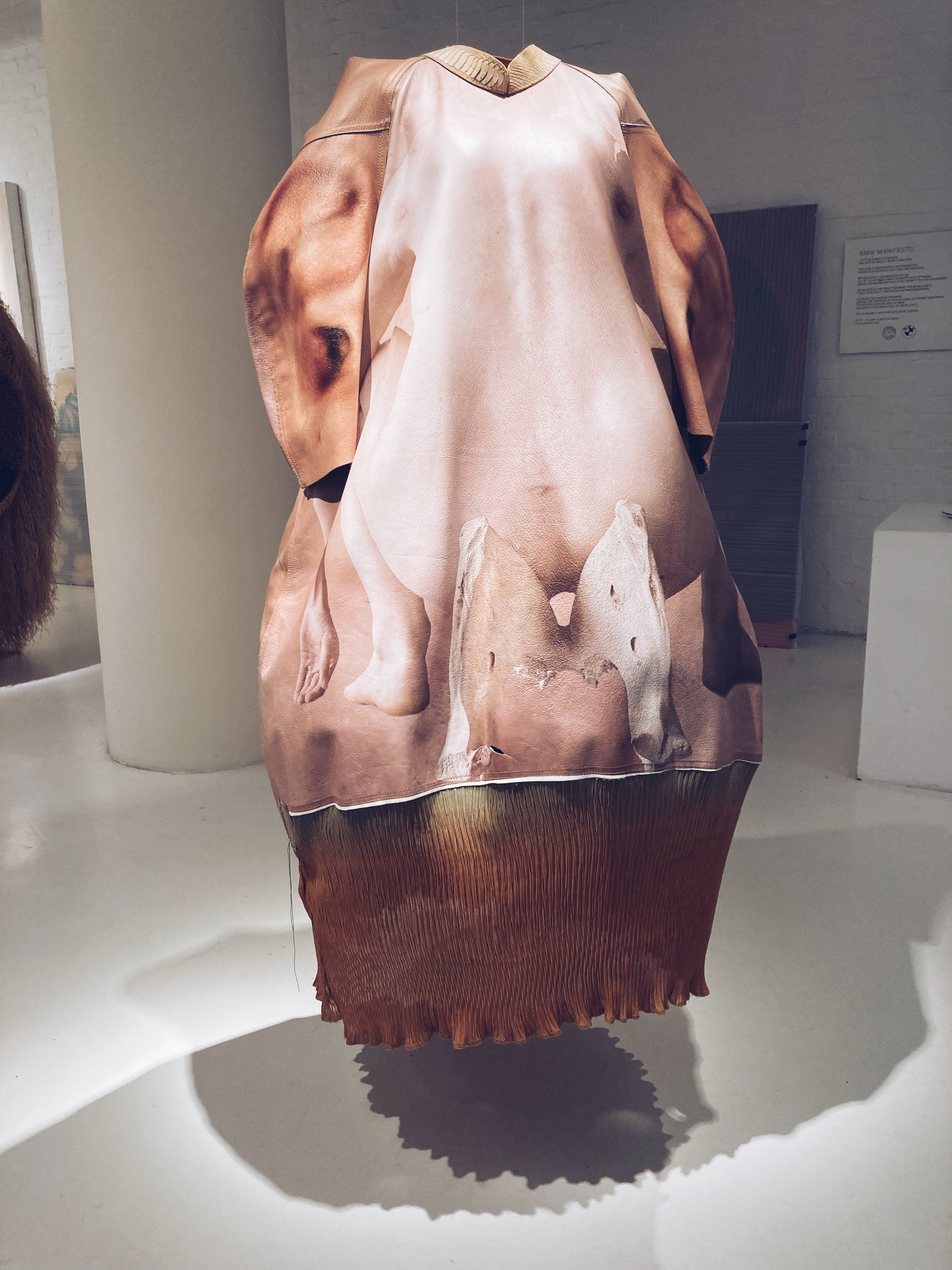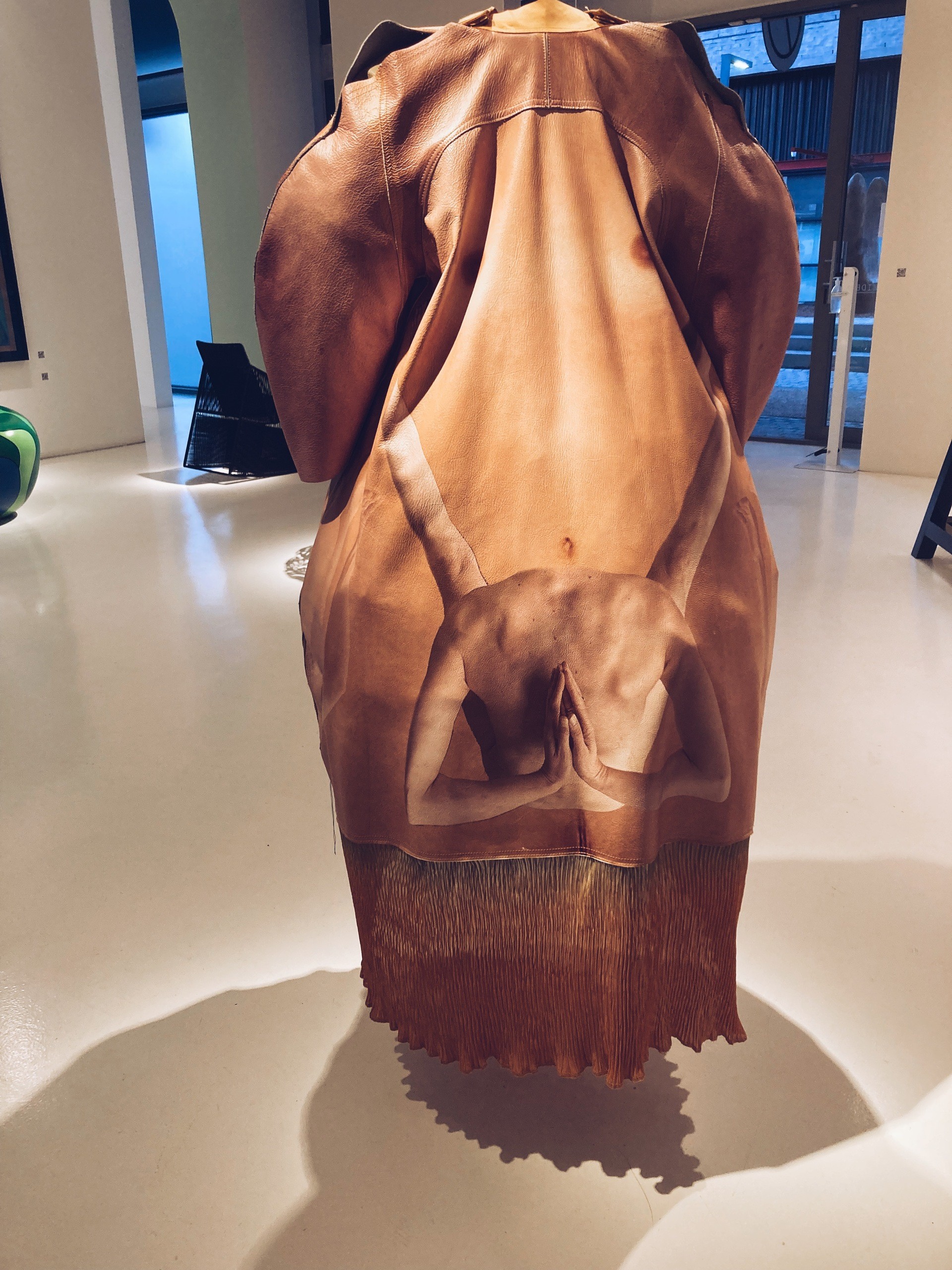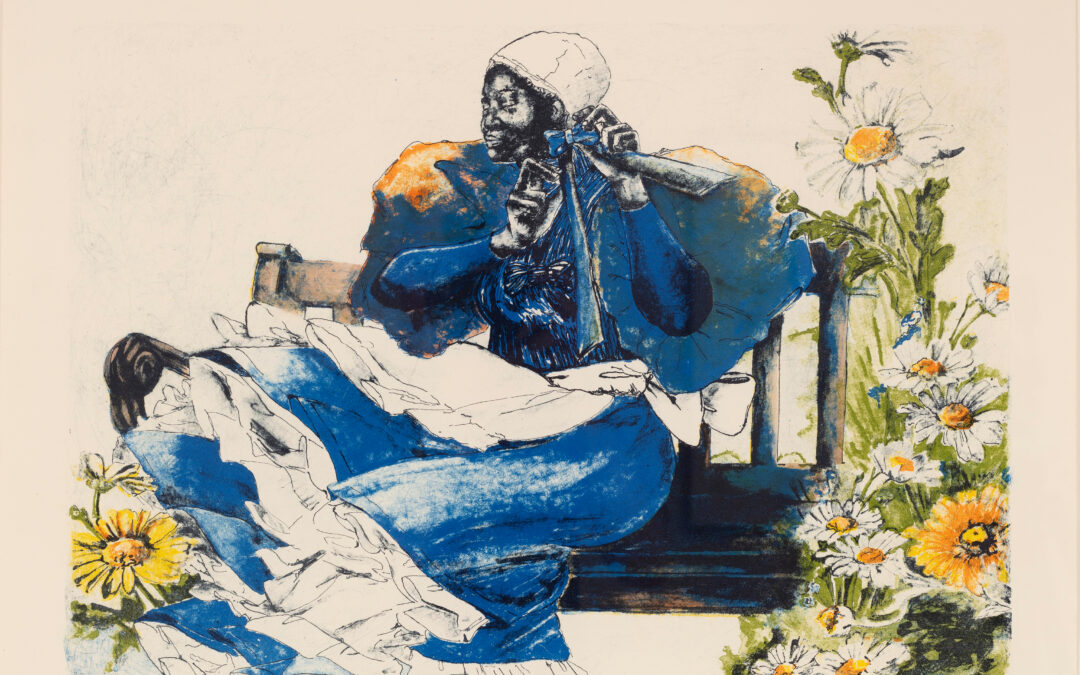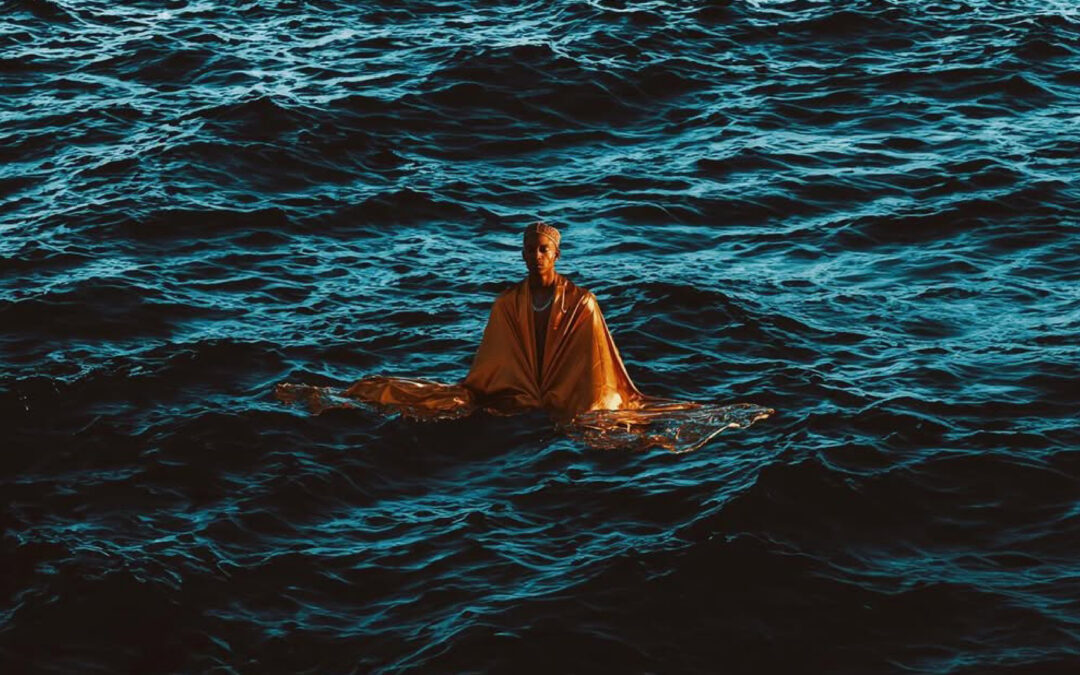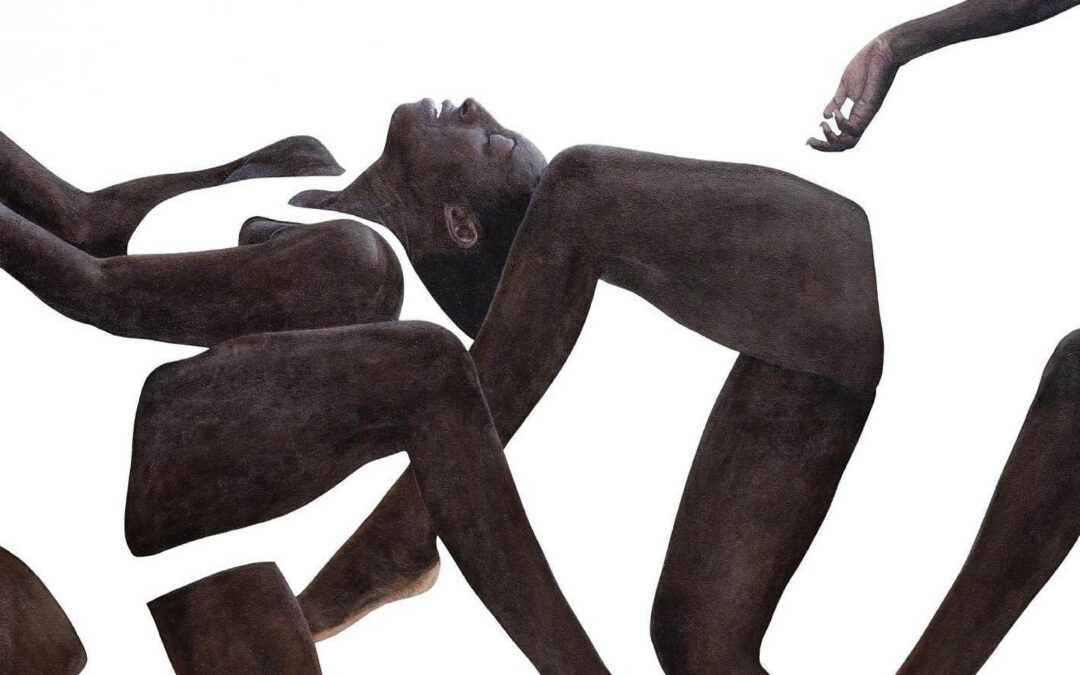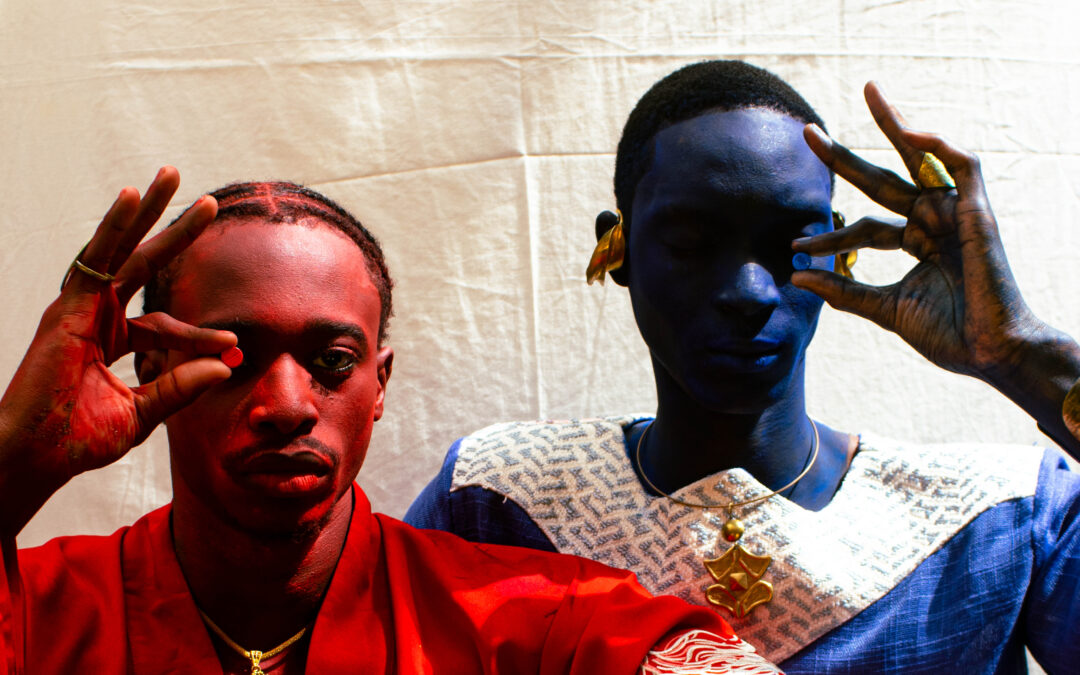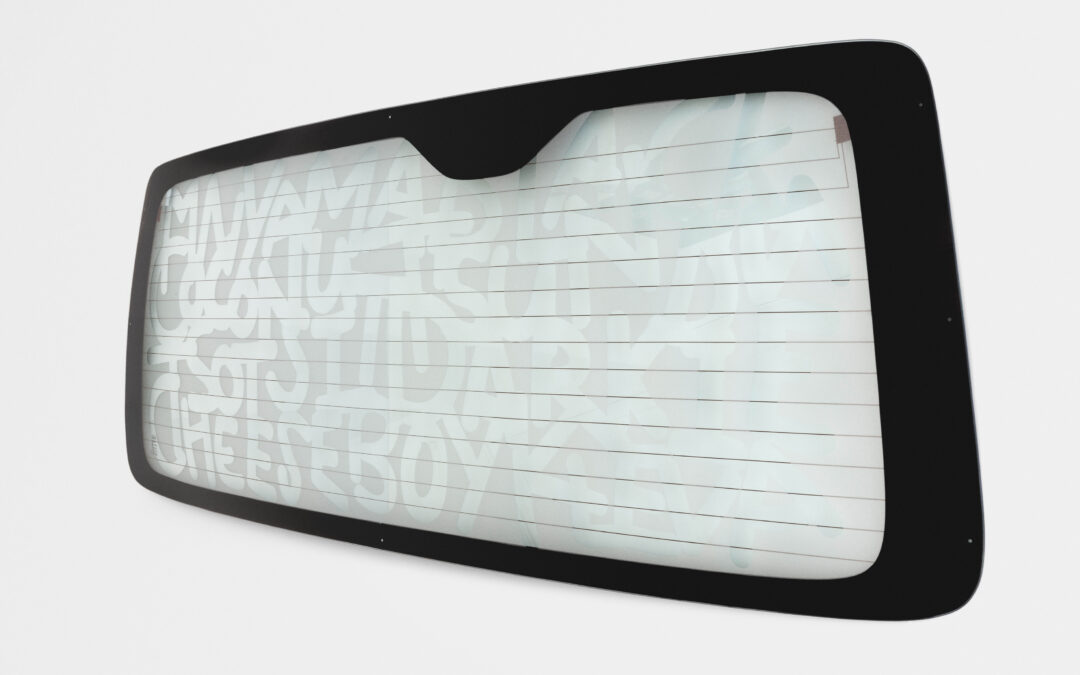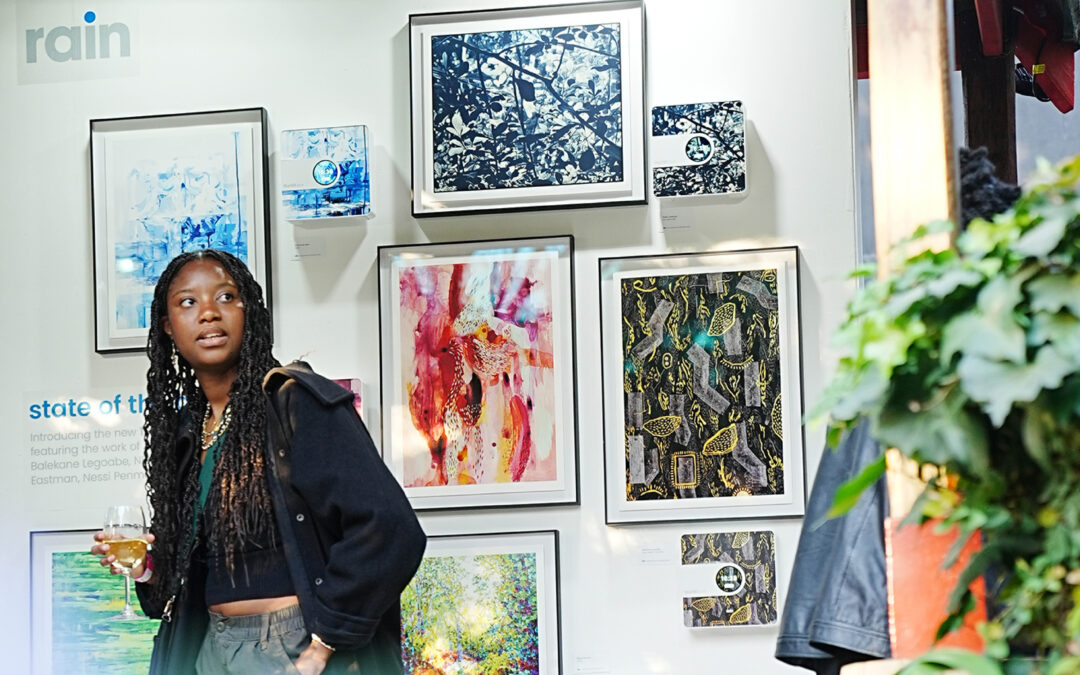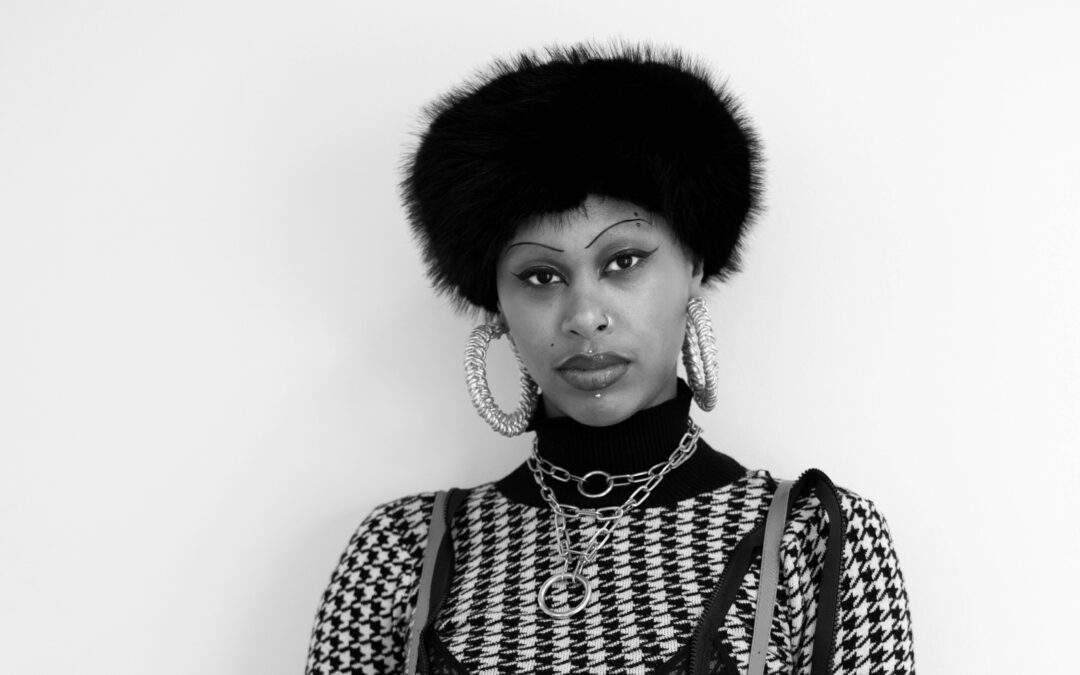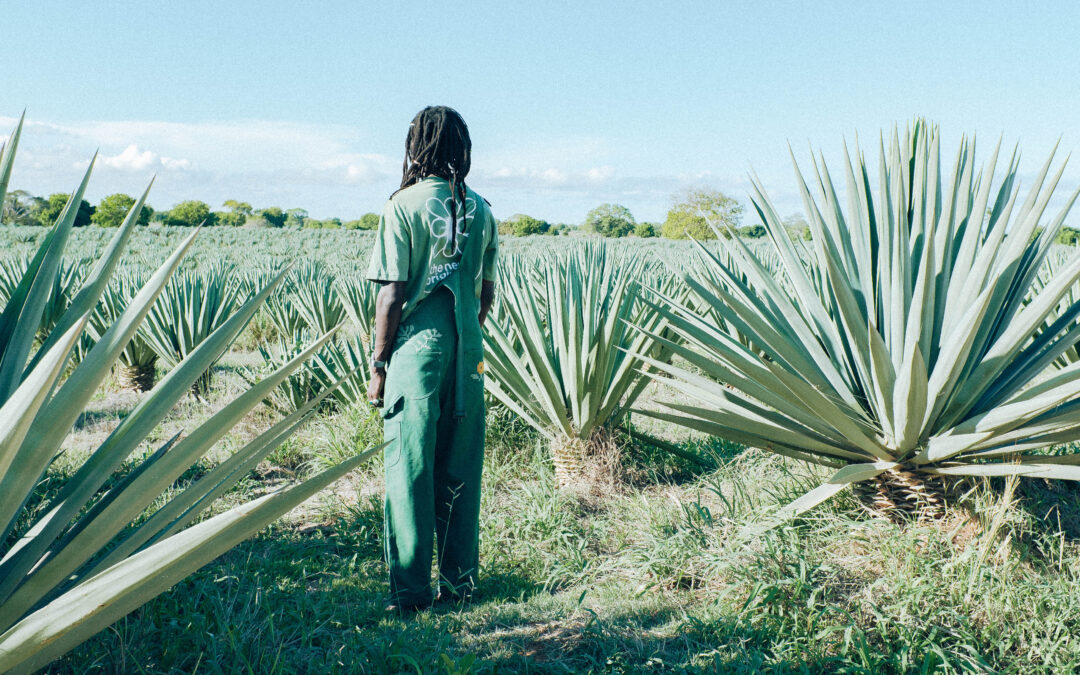“The concept for Spring Awakening arises from the idea of spring as a time of intense ecological, physical and psychological change. Curator Lindsey Raymond invited artists to consider the role of renewal and growth in their work, as well as their opposite – loss and decay.
“In springtime, the future is a thing that gleams within palpable reach like a ripe fruit ready to be plucked from a tree. It signifies the starting growth of a new harvest, while occupying the liminal space between a year almost passed and a year yet to come. In this way, it is a time of reflection as much as it is a willingness for a future ideal,” Raymond notes.” – southernguild.co.za /// show notes.
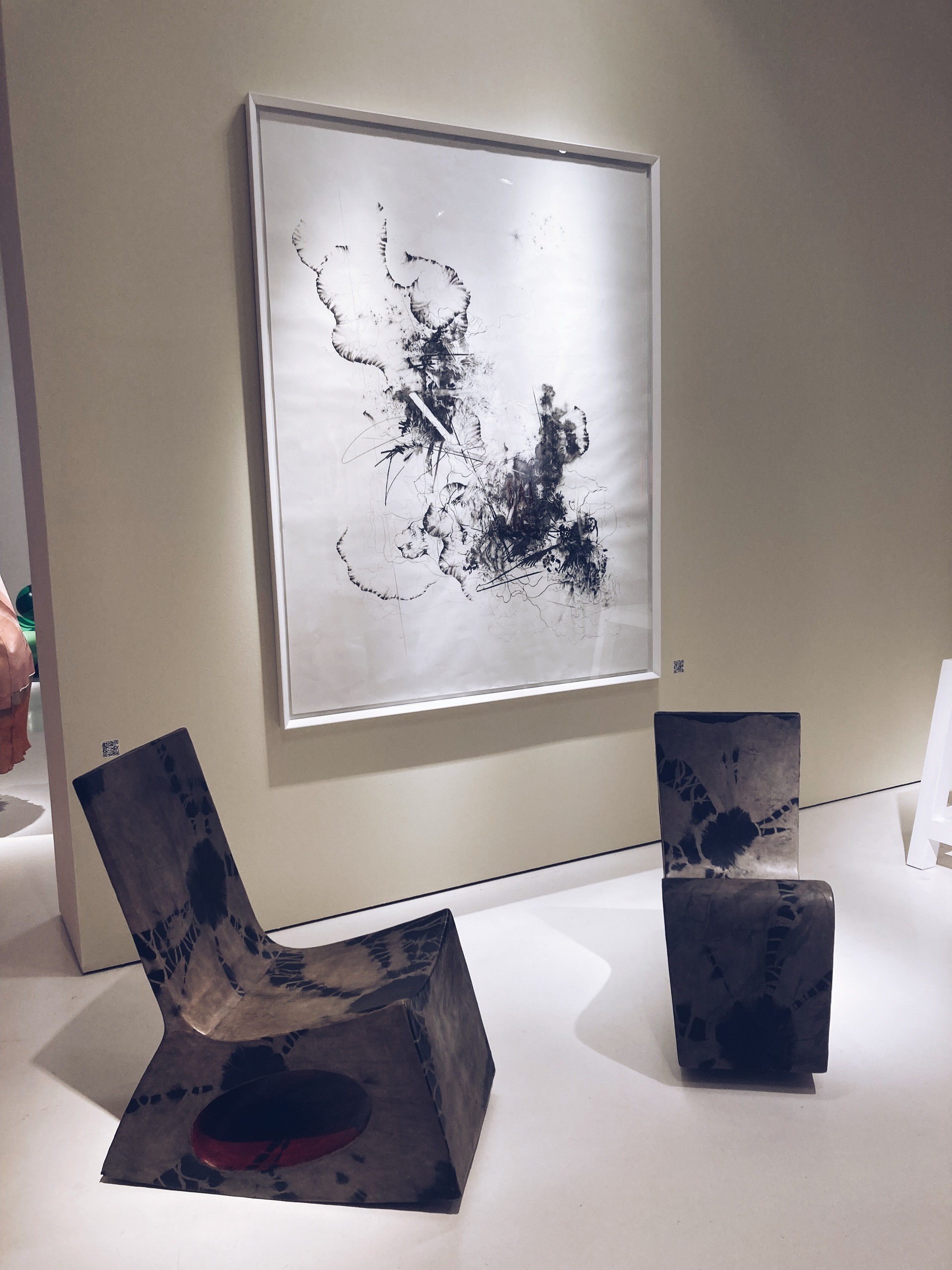
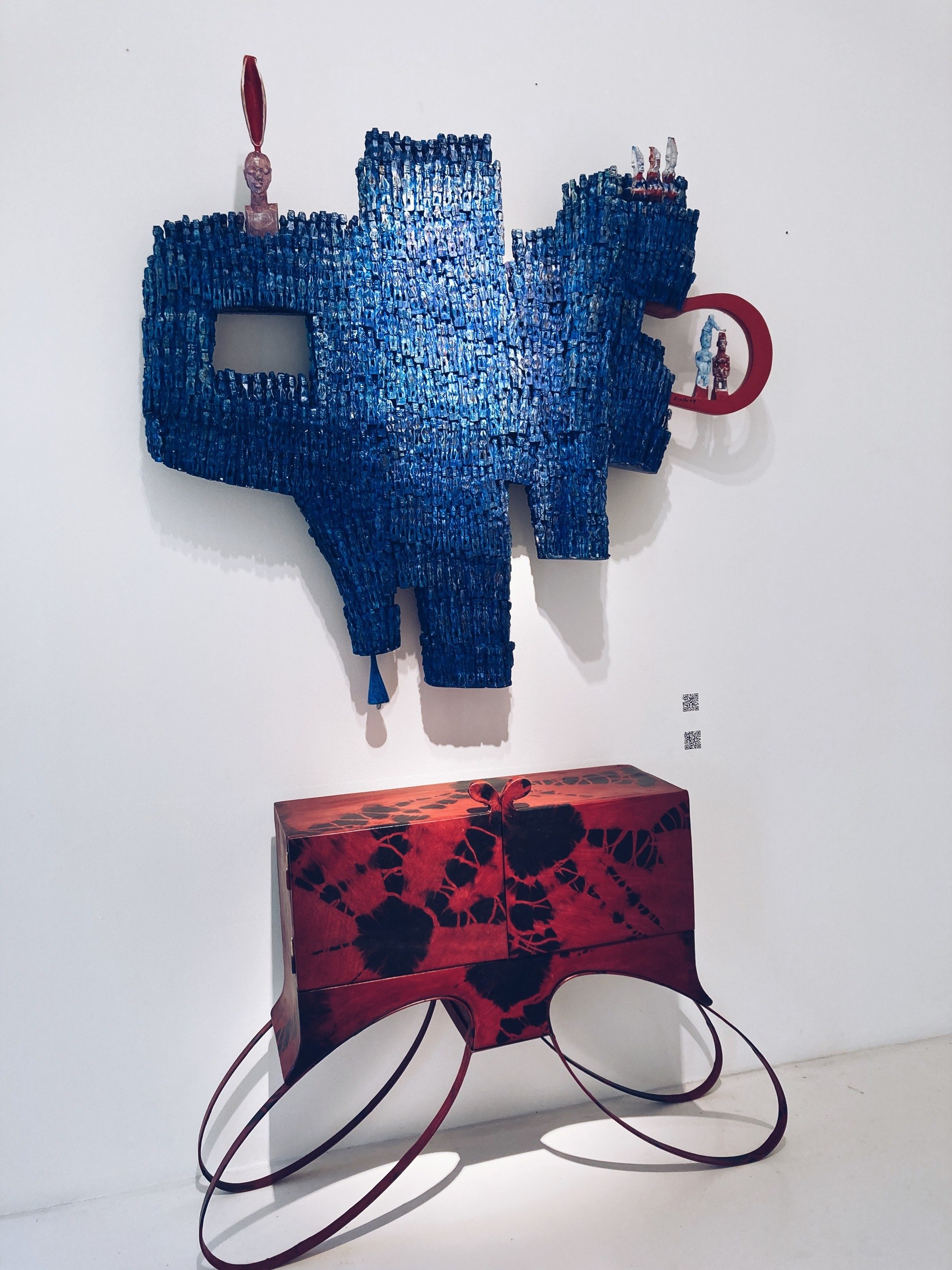
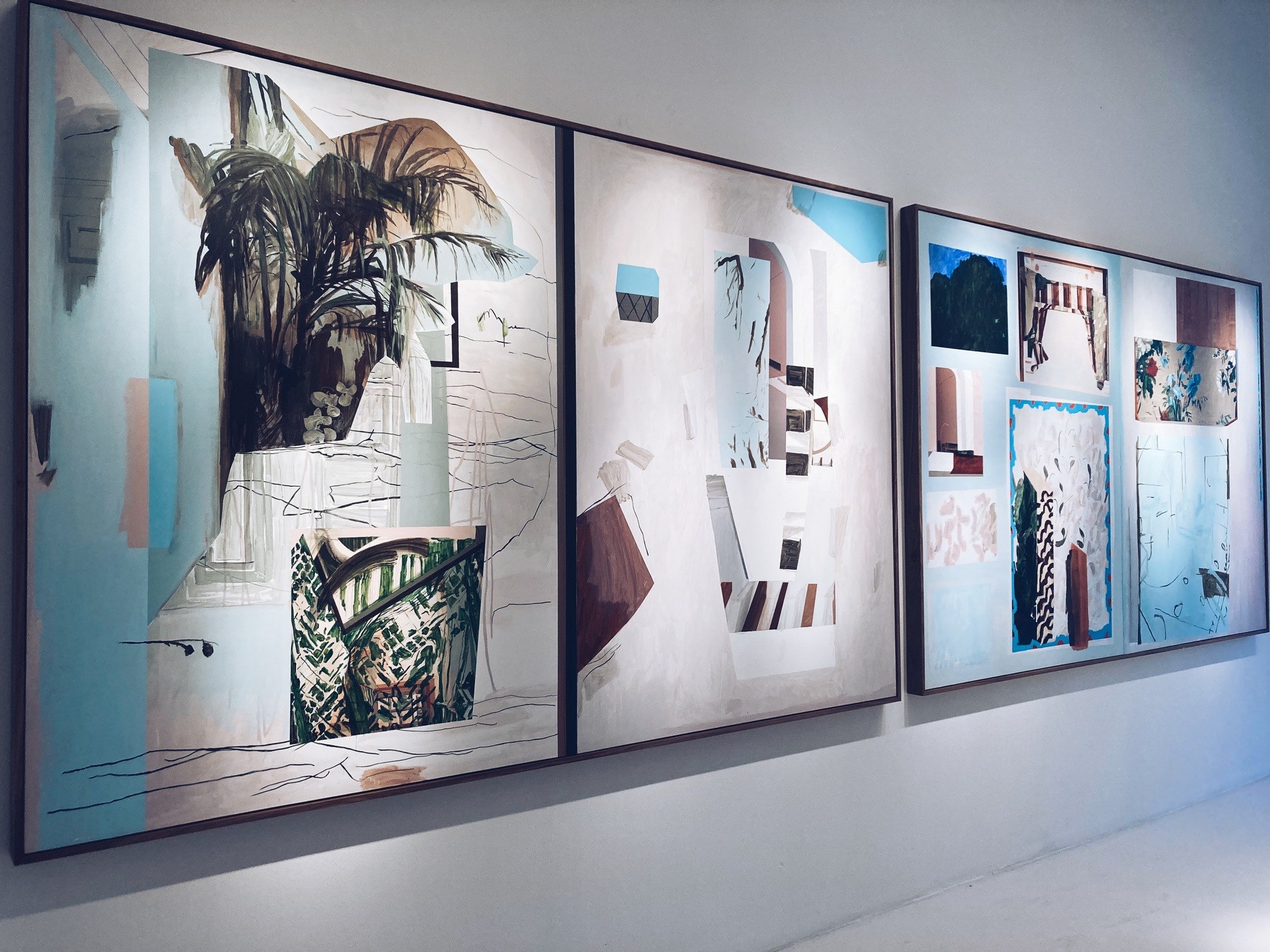
I often wonder if the categorisation between designer and artist is merely a semantic technicality – determined by the “functionality” of the outcome, or body of work presented by either designer or artist. Attending gallery spaces such as Southern Guild, particularly their recent / current group show “Spring Awakening” – I find that this distinction or separation is further challenged, particularly as it makes clear that whether design or art; all creative pursuits are inherently functional – as essential contributions to the lived experience of being human, all of us leading lives marked deeply by our visual senses and aesthetic tastes.
Since 2008, Southern Guild has pioneered South Africa’s collectible design positioning in the world – providing support, infrastructure and curatorial development within the country and continent. As with Spring Awakening, the intention to invite a wide range of creative artisans, from fashion and furniture designers, to printmakers, ceramicists, fine artists and weavers – continues to build a profound lexicon centred on design as the channel for many mediums, and profound story-telling. In this way, our creative landscape paints an encouraging picture; one that is cognisant of the plurality inherent to local self and collective expression.

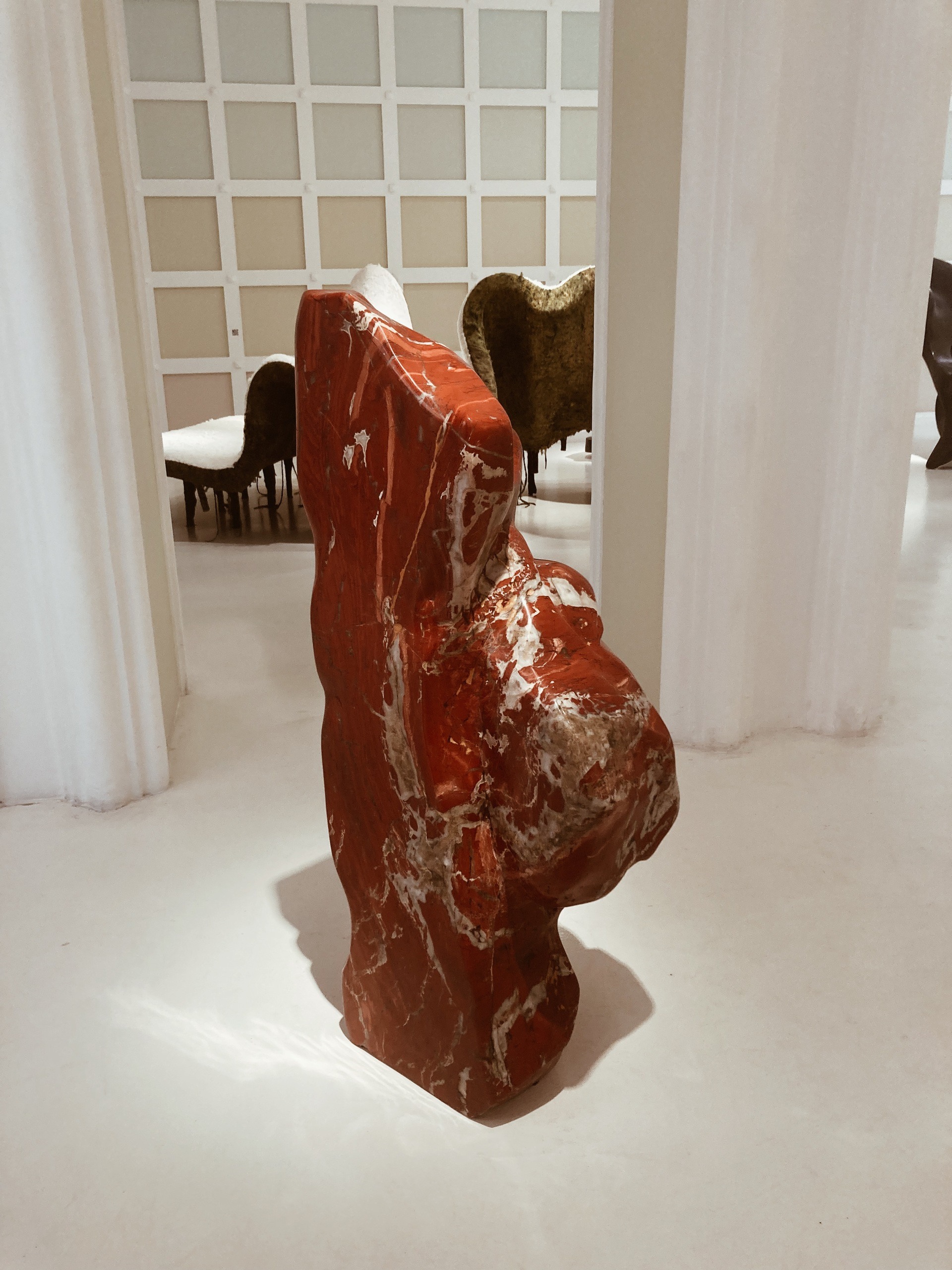
Highlights of the showcase were perhaps every piece exhibited, by the 25 artists. Malian designer Cheick Diallo’s tie-dyed, curved cabinet is an homage to the daily trade of West African cities, while Shirley Fintz’ eight ceramic totems held the central space in one part of the gallery room. Referencing the Hindu and Buddhist teachings on the energy centres held within the human body – her figures reference the archetypes of healing in both spiritual and physical contexts. Shakil Solanki’s Drape My Hopes Upon The Chance To Touch Your Arm I, takes the figure of Ophelia and translates her essence into the delicate silk folds of a sari, ornately painted to depict a languid arm reaching downwards within its soft surroundings. In a similar vein of intimacy, Jozua Gerrard’s Coming Down relays the tenderness between two lovers, specified as an interracial couple, which for the artist is a subtle invitation for society to to accept love across seemingly differences.
Githan Coopoo showcases My First Urn, a deeper exploration of his practice centred around the vessel – this time, delving into the symbolically rich construction of the “the urn”. The QR code description, ascribed to each piece, contextualises Githan’s vivid ombré urn and plinth, “The artwork invites a conversation around Western attitudes towards death and denial by the living. ‘’Death is, in itself, a fortune, a life’s only guarantee or promise amidst a universe of uncertainty’’, Githan states,’’ in this way, it is also a universal fortune, one that we all share, one that binds us.”
Rich Mnisi presents a special edition titled, Nwa-Mulamula’s Chaise – Vutomi (Life) – a curved chaise held by the swirling greens akin to the abstract print in the fashion designer’s Mafamba Yexe fashion collection. Mnisi continues his inquiry into Bushongo mythology, the pattern depicts the purge Bumba – the god who birthed the world – representing his purge in the rich shades of grin, swirling like prima materia of universal creation. Talia Ramkilawan’s signature medium of tapestry across a wooden frame is seen in the magnificent Text Me When You Get Home, a continuation of her subversion ‘’against the stereotypes of her lived experience as a queer Indian woman.’’

Fashion designer Lezanne Viviers presents two pieces – But-a-Body, a garment made from the rejected, offcuts leather of the high-end fashion industry, is both a personal reflection of the self and a commentary on Lezanne’s situational relationship with the excess of the fashion industry, one in which waste and rejection of materials and bodies continues to dampen the experience of true artistic expression. The fabric is overlaid with a printed image of Lezanne herself, naked and bent, contrasting herself with animal bones. Grotesque and mesmerising – I stand, once again, in awe of Lezanne and Viviers Studio as an immense site of sartorial expression.
